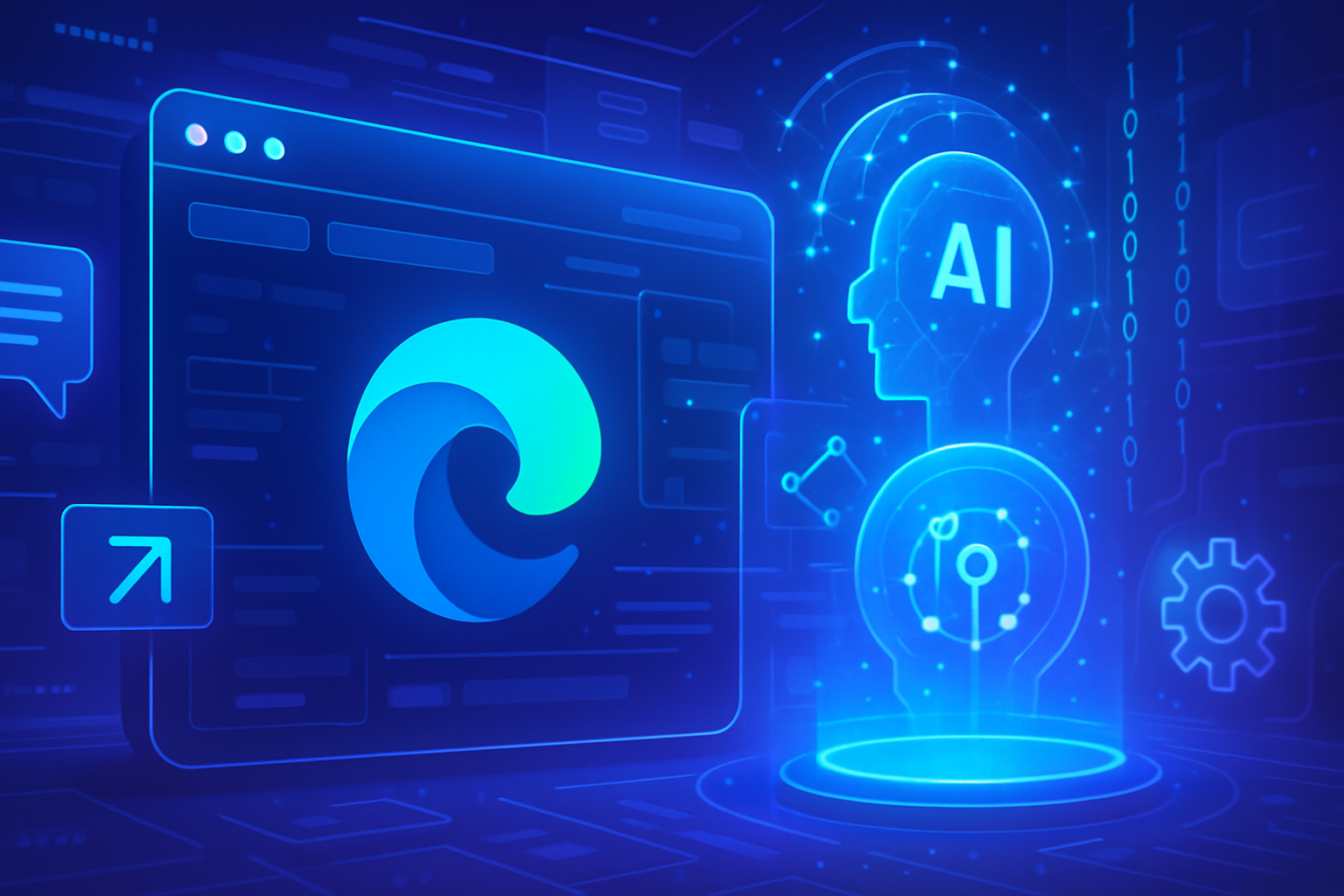The risks associated with generative AI are becoming increasingly pressing, raising concerns among businesses and users. The consequences of reckless adoption of this innovative technology require particular attention. Cybersecurity, data integrity, and the impact on the critical thinking of young people are unprecedentedly serious issues.
*Mismanagement of generative AI* risks leading to cyberattacks of alarming sophistication. Avoiding the *trap of excessive marketing* ensures the legitimacy of the proposed solutions. A rigorous approach in integrating AI is essential to anticipate potential abuses.
Emerging Risks Associated with Generative AI
The enthusiasm for generative AI raises growing concerns, particularly regarding security. Companies are beginning to intensify their monitoring of the viability of third-party applications, seeing this as the most pressing emerging risk, according to several studies.
Risks to Cybersecurity
The implications of generative AI are worrisome in the field of cybersecurity. Cybercriminals exploit these technologies to create sophisticated phishing attacks. These malicious emails appear authentic and can easily deceive even experienced users.
Generative tools can also be used for the development of malware, making their detection more complex. Companies must remain vigilant as a security breach associated with AI can expose sensitive data, thereby compromising the integrity of systems.
Transparency vs Excessive Marketing
Promoting transparency in the development and use of generative AI proves essential. Users must be aware of the mechanisms behind the systems that assist them. Avoiding the trap of excessive marketing is vital to maintain the credibility of AI-based cybersecurity solutions.
The Challenges of Adoption in Business
Companies face significant hesitation when adopting generative AI. The reluctance of a majority of them is attributed to a lack of understanding and adequate training. For successful integration, it is crucial to explain the benefits and provide a framework for ongoing training.
An excessive dependence on these technologies could also affect employees’ critical thinking abilities. Such dependency could reduce analytical and decision-making skills, which must be preserved.
Uncertain Future Perspectives
Alarmist forecasts from companies like Gartner suggest that a third of generative AI projects may be abandoned. Causes include poor data quality and increased competition among companies. These uncertainties raise serious questions about the sustainability and effectiveness of AI-driven solutions.
Concrete concerns also arise regarding the societal impact of AI tools. The interaction of children with these technologies, in particular, could harm their cognitive development. Training and education must be accompanied by critical reflection on the use of these tools.
Associated Risks and Prevention
The dangers of generative AI are not limited to cybersecurity. The harm caused to young users is often highlighted. Vigilance is necessary to protect private data, especially that of children. The debate on the safety of chatbots, such as that of Snapchat, vividly illustrates these issues.
Other players, such as Anthropic, highlight the potential dangers associated with AI, offering the opportunity to establish safety standards. It becomes crucial to invest in system safety to ensure the safe and ethical use of these technological innovations.
Conclusion on the Risk Associated with Hasty Adoption
Businesses must navigate a complex landscape where the benefits of generative AI technologies come with considerable risks. The adoption of AI-based systems must be carried out thoughtfully, allowing for the integration of robust security measures. Careful planning and open dialogue between users and developers will be decisive in mitigating potential dangers.
FAQ on Emerging Dangers of Generative AI
What are the main risks associated with generative AI for businesses?
The main risks include excessive dependence on technology, sophisticated phishing generated by cybercriminals, and project inefficacy due to poor data quality.
How can generative AI compromise cybersecurity?
Generative AI can be used to create more convincing phishing attacks, bypassing security systems through personalized messages that appear legitimate.
Why is it crucial to promote transparency in generative AI solutions?
Transparency is essential to build user trust and ensure that generative AI systems adhere to acceptable ethical and security standards.
How can businesses cope with the enthusiasm for generative AI?
Businesses should adopt a cautious approach by clearly explaining the implications of generative AI, training their employees, and regularly assessing the associated risks.
What challenges does generative AI pose to privacy protection?
It can lead to privacy violations by processing sensitive data without consent, making users vulnerable to malicious exploitation.
What measures can businesses take to reduce risks associated with generative AI?
Businesses should invest in cybersecurity training, monitor AI platforms, and establish clear policies regarding the use of these technologies.
Why could generative AI harm the development of critical skills in young people?
Overuse of generative AI could reduce young people’s critical thinking abilities by providing quick solutions, making them less capable of analyzing and solving problems independently.
What are the potential consequences of widespread adoption of generative AI in the professional environment?
Widespread adoption without due diligence could lead to judgment errors, a decrease in innovation, and a dilution of human responsibility in critical decision-making.






